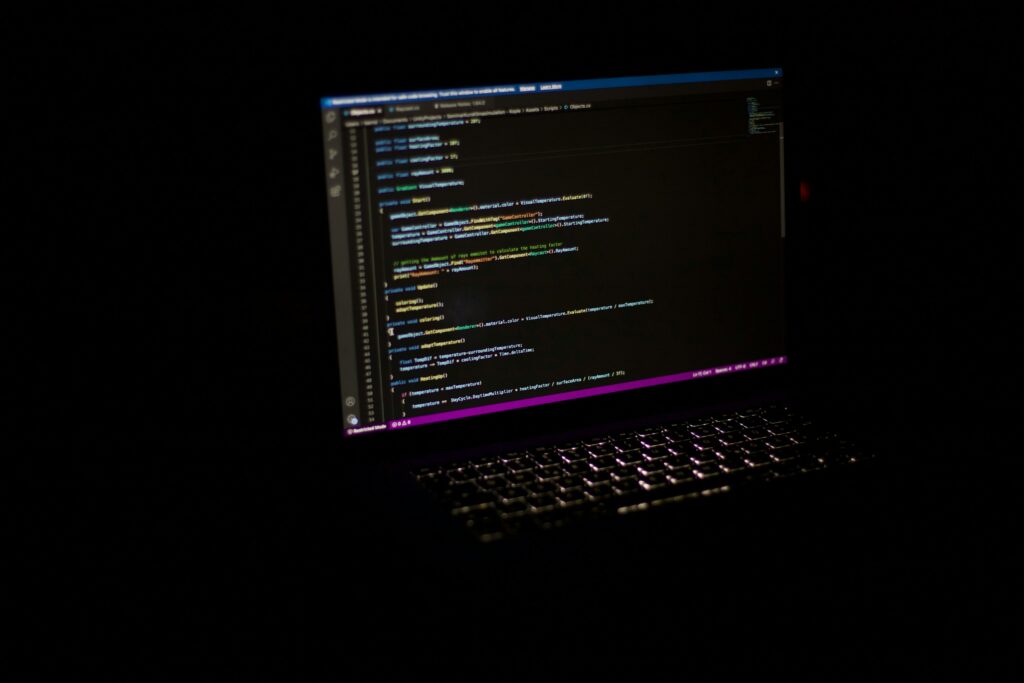Introduction
I’m Sai, a fourth-year Computer Science major. I hope to utilize my technical expertise to solve problems people have throughout the world. During my internship as a developer, I’ve understood the impact a feature in a program can have for a business. From programming a small feature, I witnessed greater user-experience as well as better performance for the business. This experience has made be understand the impact technological solutions can have on the world.

Distributed Education
Distributed Education is a learning model that delivers educational services throughout various locations. This concept involves establishing online sessions or asynchronous-learning to ensure education reaches students regardless of their location. This differs from face-to-face learning as students/instructors are not required to be present simultaneously. Distributed Education impacts accessibility since students may not receive direct/immediate feedback from their teachers. Nonetheless, it provides flexibility as students are provided opportunities to learn anywhere and at their own pace. Conversely, Open Education is the concept of educational services being freely available. Open Education can contribute to a more inclusive/equitable environment because it gives students the tools and resources to further their education, making education more accessible to everyone.
Types of Learning

Face-to-Face Learning, Online Learning, Blended Learning, and Hybrid Learning are four crucial learning modes. Face-to-Face Learning is learning that takes place in the traditional classroom. Online Learning is synchronous or asynchronous learning that takes places over the internet. Blended Learning combines Face-to-Face and Online Learning requiring students to be in-person for some parts and online for other parts. Finally, Hybrid Learning offers students the flexibility to select between in-person or online. I prefer the Face-to-Face Learning environment because it requires everyone to be in one location concurrently. I believe students learn better in close proximity with their peers as it promotes idea exchange and enhances the learning experience.
Digital Literacy
Digital Literacy means ones understanding, knowledge, and skillset when it comes to the technological world. It translates one’s ability to use a digital device, surf the web, and critically evaluate the content on the web for correctness. This is crucial for open and distributed learning settings because students are actively using technology and online resources to help expand their knowledge/skillset. They must navigate online sources and assess the accuracy, safety, and/or reliability of the content. Digital literacy impacts my learning experiences as it allows me to participate in self-directed learning. Whether this consists of using online-platforms or online textbooks, my digital literacy helps me navigate through these resources and protect me from unsafe/inaccurate information.
My Digital Identity
My digital-identity could be classified as a professional online presence – LinkedIn is the only platform that appears on the web. All my social media accounts are private to prevent search engines from showing my private information in results. I believe having a professional digital-identity, where it illustrates one’s academic accomplishments, career goals, and experience is the best identity to have. This is because having personal information, such as social-media activity available can lead to consequences that may hinder one’s professional life.
